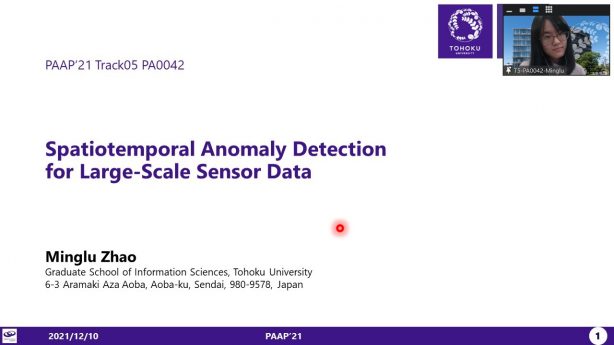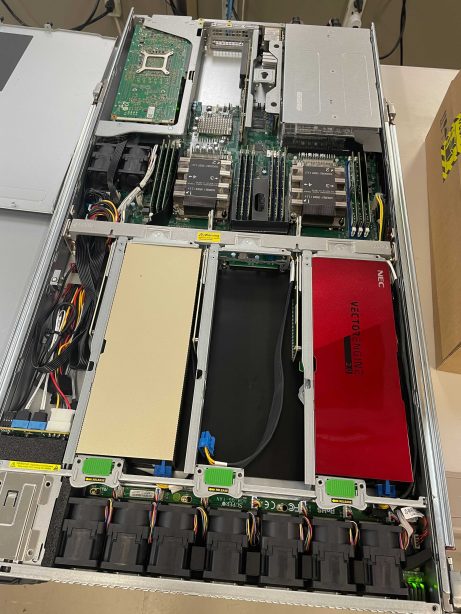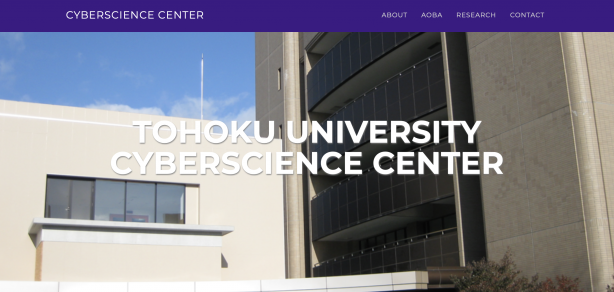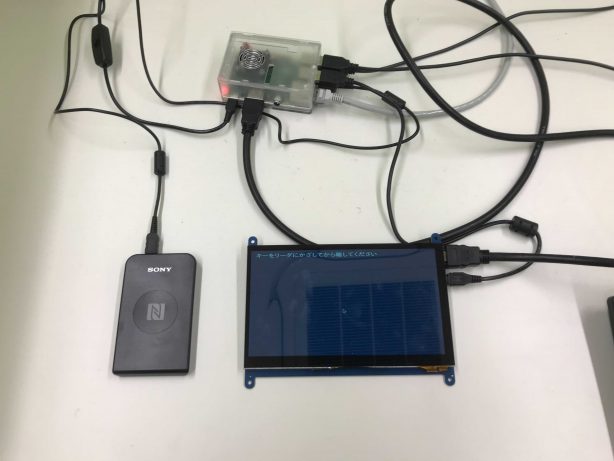Hi, this is M2 student Jin Yifan.
The 5th International Conference on High-Performance Computing in Asia-Pacific Region (HPC Asia 2022) was held from January 12th to 14th.
HPC Asia is an international conference series in the Asia Pacific region on HPC technologies, fostering the exchange of ideas, research results, and case studies related to all issues of high-performance computing. The 5th edition, HPC Asia 2022 was held with the motto “Stepping forward to the Post Moore Era together.”
You can find the program here.
In our laboratory, Jin had a poster presentation at poster session #122: Memory-aware Task Mapping for Heterogeneous Multi-Core Systems.
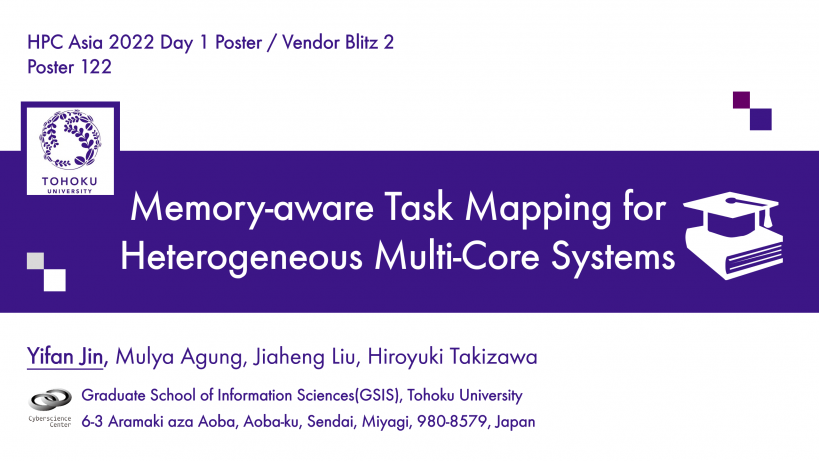
Due to the Covid-19 pandemic, the conference was held in a “fully online” format. The organizers created a Gather space for the poster session. In this special era, it is also interesting to participate in the conference in this form.
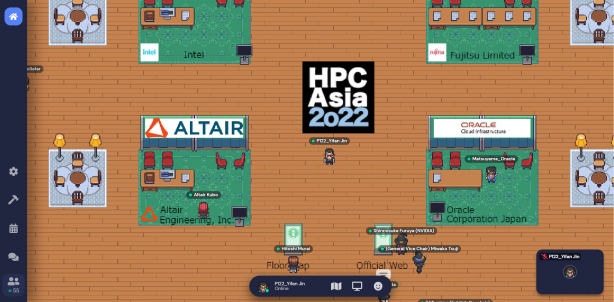
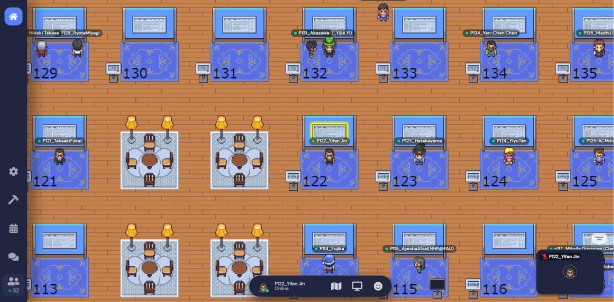
Hi, my name is Mike Zielewski. I am a doctoral student in Takizawa laboratory and my studies focus on quantum computing.
Last month I was fortunate enough to be able to present my work at the International Conference on High Performance Computing in Asia-Pacific Region (HPC Asia 2022).
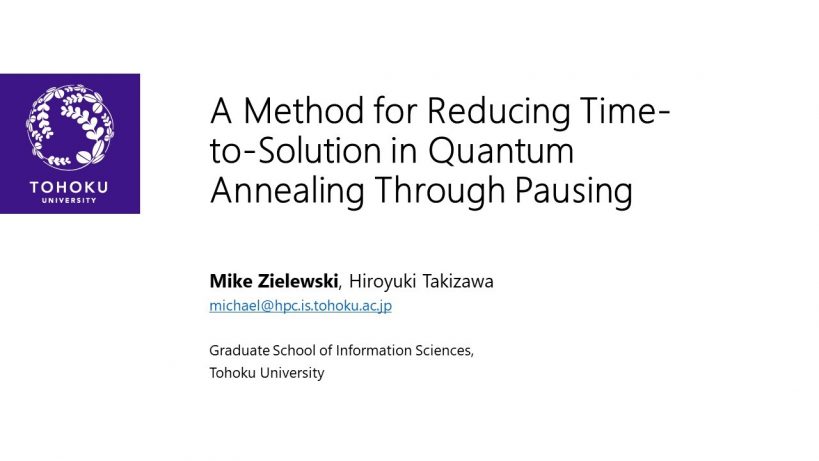
One thing that I thought was challenging when preparing my presentation was that much of my audience would be unfamiliar with not only the background of my work but also quantum annealing in general. This is because quantum annealing has yet to be widely adopted for practical applications. With this in mind, I realized that I would have to take special care in making the presentation accessible to people of various backgrounds.
I hope that some of the attendees found my presentation interesting enough that they will think about using quantum annealing for their own applications.
Currently, some of the most effective ways of using quantum annealing actually combine it with traditional HPC practices. I’m looking forward to seeing more mature HPC technologies be integrated with quantum annealing to produce results that neither could achieve alone.


